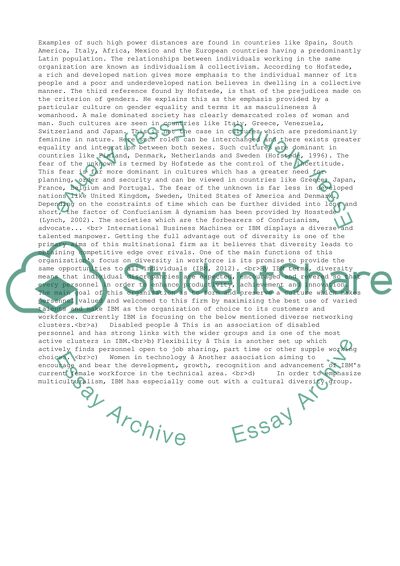Cite this document
(“Diversity in the Workplace Research Paper Example | Topics and Well Written Essays - 1750 words”, n.d.)
Retrieved from https://studentshare.org/business/1443315-diversity-in-the-workplace
Retrieved from https://studentshare.org/business/1443315-diversity-in-the-workplace
(Diversity in the Workplace Research Paper Example | Topics and Well Written Essays - 1750 Words)
https://studentshare.org/business/1443315-diversity-in-the-workplace.
https://studentshare.org/business/1443315-diversity-in-the-workplace.
“Diversity in the Workplace Research Paper Example | Topics and Well Written Essays - 1750 Words”, n.d. https://studentshare.org/business/1443315-diversity-in-the-workplace.


